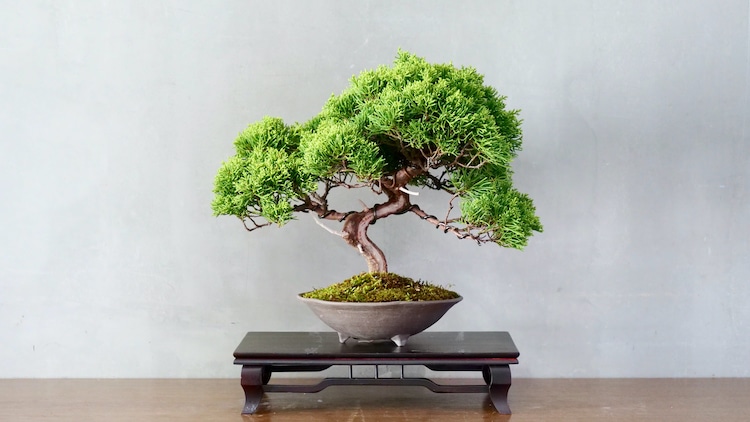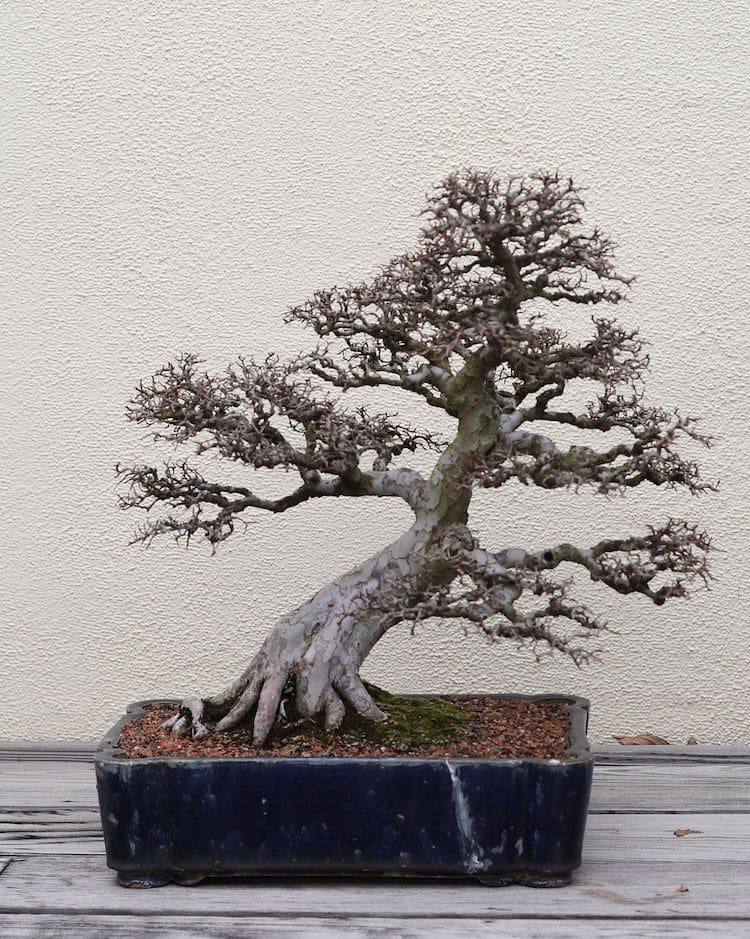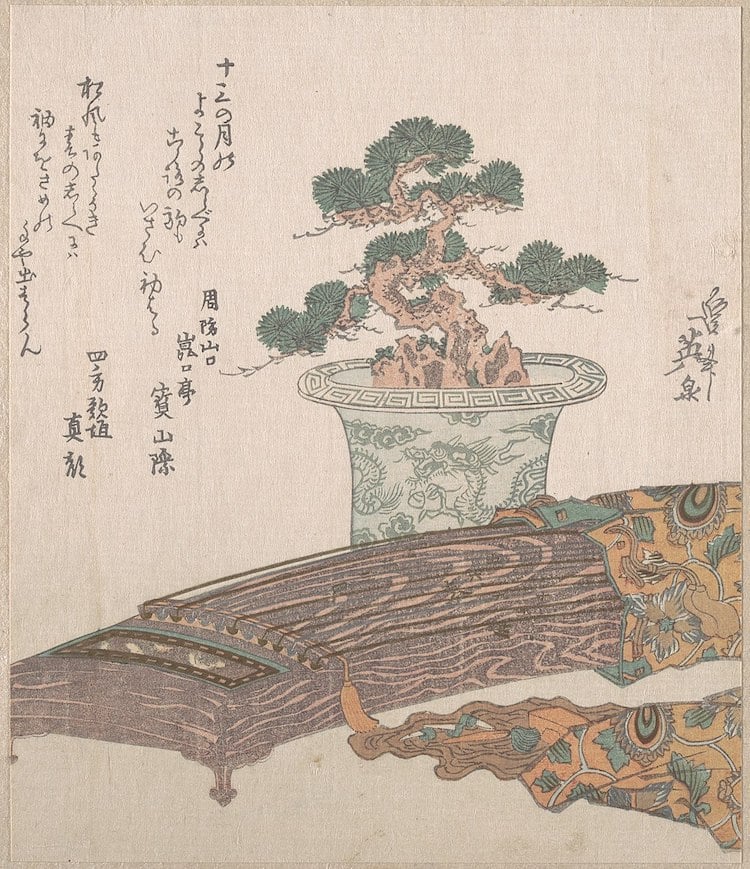Photo:Stock Photosfrom Thanun Patiparnthada/Shutterstock
Bonsai trees have a strong association with Japan.
But did you know that the art of growing miniature trees actually originated in ancient China?
By 700 CE, the Chinese were using special techniques to grow dwarf trees in containers.

Photo:Stock Photosfrom Thanun Patiparnthada/Shutterstock
And today, even Western nature lovers grow and care for bonsai trees as living works of art.
Read on to learn the history and meaning of these special trees.
(Photo:WikimediaCommons(CC BY-SA 3.0))
What is the meaning of the termbonsai?

A Chinese Elm (Ulmus parvifolia) bonsai, Chinese Collection 111, on display at the National Bonsai & Penjing Museum at the United States National Arboretum. (Photo:WikimediaCommons(CC BY-SA 3.0))
Bonsaiis a Japanese word meaning tree in a pot.
However, the term originally comes from the Chinese word pun-sai or penjing.
In Chinese, pen means pot and jing means scenery or landscape.

Penzai mural in the Tang Dynasty tomb of Prince Zhanghuai, 706 A.D. (Photo:WikimediaCommonsPublic Domain)
Bonsai trees are intended to be a miniature representation of nature, planted within decorative containers.
What does the bonsai tree symbolize?
Today, however, bonsai trees are enjoyed by people all over the world.

Japanese woodblock print by Keisai Eisen, 1848 (Photo:WikimediaCommons(CC0 1.0))
Therefore, penjing was born.
This involved creating miniature landscapes displayed atop earthenware.
Others believe the plants warped formations take after yoga positions.
Upon entering, archeologists discovered murals depicting female servants carrying penjing, which contained miniature trees and rocks.
The Japanese developed their own methods for creating dwarfed trees, resulting in different styles compared to Chinas penzai.
Japanese bonsai trees typically stood around one to two feet high and required many years of expert care.
And to achieve a particular shape, artists often grafted new branches onto existing ones.
Some species even bore fruit, while others bloomed leaves and flowers.
By the 14th century, bonsai trees were regarded as a highly respected art form.
The prized plants soon made their way from the monasteries to the homes of the royal.
Just like in China, the trees became symbols of status and honor.
At the beginning of the 1600s, the Japanese bonsai evolved again.
The skilled artists began using special pruning techniques to remove all but essential parts of the plants.
This created a minimalist look, which reflects the Japanese philosophy and belief that less is more.
During medieval times (1185 to 1603), bonsai trees became available to people of all social classes.